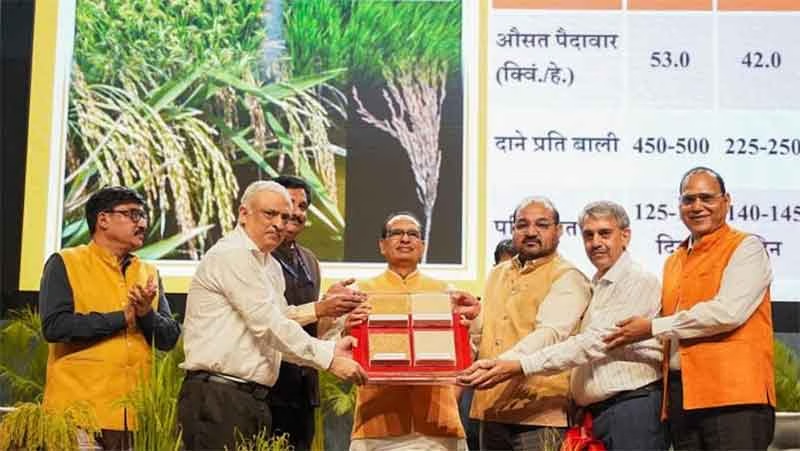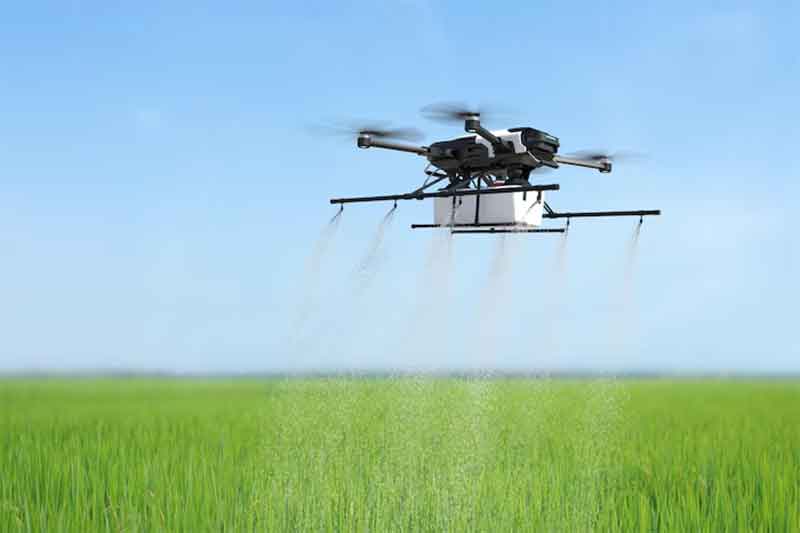
The entire world is observing with growing concern the activities of the Target Malaria project, which has declared the intention to carry out the first mondial trial of gene drive in an open environment, choosing Burkina Faso, West Africa, as a testing ground. The project was designed in Great Britain, in a laboratory headed by Andrea Crisanti.
Gene drive is a very powerful new technology that causes profound and unprecedented changes in nature: bypassing the laws of heredity, it allows to permanently modify or even eradicate whole species in the wild, thus it is called the extermination technology. According to CSS et al. report, in contrast to previous GMOs, gene drive organisms are meant to be invasive and to spread their genetic modifications far and wide. Target Malaria claims to be able to eradicate malaria by suppression of the Anopheles gambiae species, one of the main malaria vectors.
As a new technology, gene drive has not yet accumulated enough experimental data to justify field tests. The first experiment which showed the possibility of application of a gene drive on mosquitoes was carried out in 2018 by Andrea Crisanti who declared been successful in eliminating a population of 600 mosquitoes of the Anopheles gambiae species, in cage experiments. Just after, in 2019, Target Malaria carried out the first release of genetically modified mosquitoes, GM: a release of 6,400 GM mosquitoes, in the village of Bana, Burkina Faso, despite the protests from Burkinabe civil society. The project is advancing quickly thanks to enormous funding from Bill Gates Foundation and other donors.
Mosquitoes released in 2019 did not yet carry the gene drive construct. This release was carried out as part of the 1st phase of the project, which, in total, includes 3 phases, each concerning a particular strain of genetically modified, GM, mosquitoes. All the strains are produced by Crisanti’s team and must be imported to Burkina Faso for trials in confined environments and in the field. Only the 3d phase concerns a strain resulting from gene drive.
Gene drive technology is very controversial and has received a lot of criticism from the scientific community, which especially emphasizes that this technology still only exists in laboratory and that it is not ready for the field use due to its high degree of uncertainty and unpredictability.
However, Target Malaria reject all criticisms, especially the argument of the impossibility of gene drive control. The situation has changed in 2022 following the release of 4 publications which detected concrete flaws in the Target Malaria project.
First, it was the article of Vitale et al. which found that the genetic structure of the 2nd phase strain was not determined correctly at the time of the strain obtention, in 2014 (Galizi et al.). The article conducted to more research works on this strain, which detected other problems: these are articles of Pollegioni et al. and TESTBIOTECH. Independently of these articles, a publication from the WHO, World Health Organization, was released on the problems of the 3rd phase strain.
It is important to note that the articles of Vitale et al. and Pollegioni et al. were written by the Crisanti’s team, the second of which was co-signed by Crisanti himself.
Vitale et al. found that the position of the transgene in the genetic material (genome) of the 2nd phase strain, made by Chrisanti’s team at the time of strain obtention, in 2014 (Galizi et al.) was incorrect.
A gene is a DNA fragment that contains genetic information for specific character. A DNA is a molecule that contains the genetic information for the structure and function of a living being. A transgene is a gene transferred by the genetic engineering techniques from one species into another species.
Using methods other than those used in 2014, Vitale et al. reassigned the transgene position to another location on a genome (on chromosome 2 instead of chromosome 3). A chromosome is a structure of a cell that contains DNA. A centromere is a chromosome region by which the two sister chromatids are attached to each other during cell division.
The reassignment showed that the transgene is located in a particular location in the genome, which is the centromere region. The Pollegioni et al. article confirmed this result.
The position of the transgene on the centromere region poses a problem since this region is a sensitive genome region, where the transgene presence can cause disruptions in the organism function. Research has shown that insertion of the transgene in the centromere region can affect overall genome stability and transgene function (Nambiar et al., Grewel et al.)
The transgene location in the centromere region is a defect in the 2nd phase strain genetic structure.
Pollegioni et al. detected, in addition, the problem of inefficiency of the technique used to obtain the 2nd phase strain (the backcross technique). The backcross involved crossing (reproduction) the 2nd phase strain with the local population to ensure adaptation of the strain to local environment. Because of this inefficiency, the strain characteristics were different from the project predictions.
The article vaguely states that the problem of ineffectiveness of the backcross technique “could have multiple implications for disease transmission as well as ecological adaptation”.
The article data about one genetic structure, called chromosome inversion, can give more precisions. The chromosome inversions are structural mutations causing reversals of gene order.
Chromosome inversion, symbolized by 2La, is present in mosquito populations in two versions: the 2La sequence and the 2L+a sequence. The 2La sequence is associated with a low capacity of mosquitoes to transmit malaria and an adaptation to aridity and the 2L+a sequence is associated with a high capacity of mosquitoes to transmit malaria and an adaptation to tropical rainforests (Riehle et al.).
Pollegioni et al. showed that, because of its inefficiency, the backcross technique gave the 2nd phase strain, which presents a large percentage of the 2L+a sequence (45.5%), while the local population presents a very low percentage of this sequence (2%). This result means that the 2nd phase strain has the malaria transmission capacity greater than the local population, which is contrary to the project objectives of the malaria elimination.
Subscribe to Our Newsletter
Get the latest CounterCurrents updates delivered straight to your inbox.
A problem of underestimation of the local strain contamination risks by genes of the 2nd phase strain, in the case of release, was highlighted by the TESTBIOTECH research group.
As to project 3rd phase, the WHO expert report found flaws in the Target Malaria gene drive model, in particular, this model became unstable in 2021 following a mutation, which compromises the gene drive effectiveness.
The project is currently in its 2nd phase and its research protocol plans the 2nd phase strain release, however the detection of the strain problems requires the suspension of release as a precautionary measure.
Irina Vekcha is a professor of genetics and plant breeding at ENSA (University of Agriculture, Senegal, West Africa). She has over 30 years of experience and she trained many Senegalese and African agronomists. She also trained many farmers on issues of farmer seeds. She is a member of the COPAGEN Coalition for the Protection of African Genetic Heritage, which fights against GMOs. She wrote several articles on GMOs and peasant seeds.













































